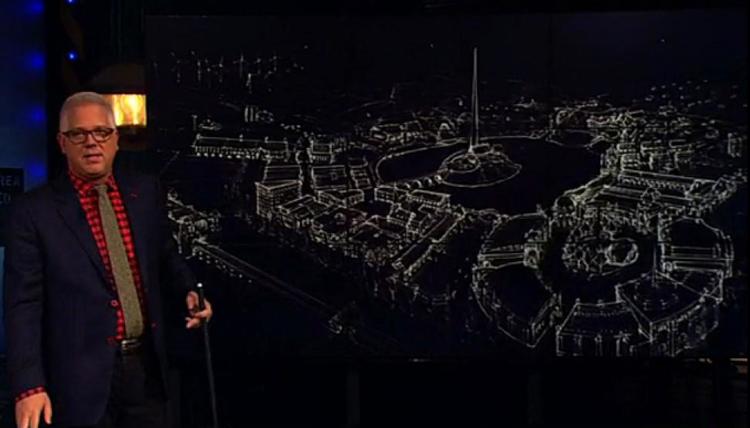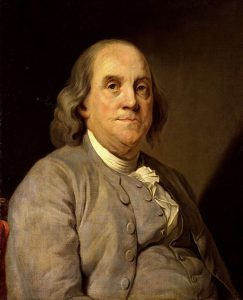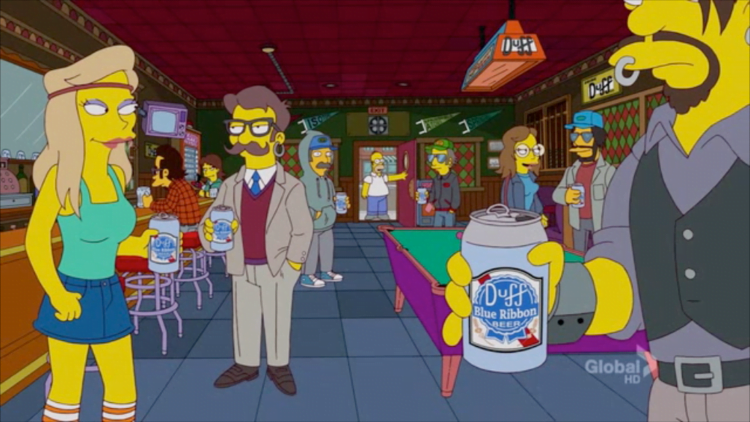White Cat, Black Cat, Whatever Catches Mice.
Since this is a discussion of politics I thought it might be helpful, if not fair, to provide a little insight as to where I’m coming from. I shy away from public political declarations in part because I don’t want the content of my work to be clouded by preconceptions. It’s also just a hard thing to categorize and explain. Instead I rely on a phrase I learned studying Chinese history.
One world political figure I find fascinating is Deng Xiaopeng, himself a political conundrum. To paraphrase some involved history: Deng Xiaopeng was the Chinese political leader who spearheaded China’s experimentation and eventual adoption of pro-market policies. As a long-march communist this was sometimes seen as contradictory, if not hypocritical. At some point he was asked about this philosophical contradiction. He simply shrugged and said “White cat, Black cat. Whatever catches mice.” I subsequently adopted this as my official political standing. As an added bonus it involves cats. I have no problem making public declarations in favor of cats.
The point, for those not fond of metaphors, is that the end goal is more important than dogmatic adherence to any particular political ideology. If you follow that logic it means that defining your goals and paying attention to evidence is of utmost importance.
Reaching out to Conservatives
One of the most interesting sessions this year was called Bipartisan Placemaking: Reaching out to Conservatives. The panel included Andres Duany, Chuck Marohn, Jon Coppage and Benjamin Schwartz. The entire discussion can be viewed on YouTube.
Andres Duany did a great job of pointing out, as others have, that this question misses the point. New Urbanism focuses on what we can do to make development better at various scales and environments. If you come to the discussion with defendable information, reasonable people will listen, regardless of their political standing. This is an idea that is central to the work we do at Urban Three. Within the confines of our work, one of our core values is to minimize bias and focus on the story the data tells us. Joe calls this being agnostic. To me this describes the basic principle of academic rigor. You identify your pre-existing bias by stating it as a null hypothesis. “I suspect compact development produces revenue more efficiently than auto-oriented development.” Then you proceed to test that hypothesis.

My mission is to show you what is financially feasible and provide the information to make sound financial choices. If I do my job right, we can get called a shill for developers as well as an agent of agenda 21 by people in the same crowd (triple points if it’s the same person). Duany described a similar experience in which two politically opposed groups in Maine (I think) both believed that his points about New Urbanism validated their position over the opposition.
How Much is the White Picket Fence Worth?
If there is an opportunity to reach out to conservatives I think it rests with two ideas. The first is pointing out the degree to which suburbia and auto-oriented development is subsidized. Whether or not suburbia is the result of economic policy or a traditional value to be held up may cleave conservative thinking into two factions. Conservatives of a more Libertarian bent, preferring less government intervention in both social and economic issues, will be quicker to embrace New Urbanism. These are conservatives who will oppose market distortions caused by government intervention such as the highway trust fund, gas taxes, and land use regulation. They will also be less likely to view non-urban living as a fundamental value worthy of government support. Conservatives in this camp might even be shocked to realize the extent to which auto-oriented lifestyle is subsidized.
The second camp of conservatives, who are less concerned with economic intervention and more concerned with traditional values will be more intractable in their resistance to urban development. Even if they accept the necessity of government intervention to sustain auto-oriented development, they may justify it as a necessary expense to preserve traditional American values. This is where they are likely to raise arguments about supporting the American dream.
The question of subsidized suburbia is existential for conservatives. What does the American dream look like? Is there a place for folks with traditional values in New Urbanist neighborhoods, townhouses, or downtown lofts? If it becomes apparent that opposition for government intervention is at odds with the traditional vision of the American dream how will conservatives respond?
Cities, Communities, and Collectivism
The second idea seeks to bridge even this gap by demonstrating that “urban” can and should be something appealing to people with very traditional values. There is a relationship between compactness and collectivism that unsettles some conservatives. Physically tighter development requires more sharing. Public water versus wells. Public transit versus private cars. Parks versus backyards. As conservatives place a high value on independence they are instinctively averse to anything that feels like a loss of independence. The problem arises when this aversion gets misdirected towards collectivist principles that actually make communities, including traditional ones, more socially cohesive or ones that don’t actually curtail independence in a meaningful way.

This reminds me of the infamously butchered Benjamin Franklin adage that goes something like: “Those that would trade liberty for a little security would deserve neither and lose both”
Besides the fact that it’s not even what he said, it’s a perilous misunderstanding of the idea. Conservatives and some Libertarians argue that by replacing an independent aspect of daily life with a dependent one, we put ourselves on the road to authoritarianism. Perhaps it would be more fitting to say the railroad to authoritarianism since public transit is often the first stop. Increased transit is undesirable because people become dependent on it.
This argument fails because it ignores the daily reality of minor bargains we make to balance personal liberty with a functioning and decent society and because of the massive subsidies on which suburban life depends. John Locke points out that civil society begins with the decision to trade personal liberties for collective security and convenience. The first such liberty being the agreement not to kill each other. The two missing pieces to this narrative are the extent to which we are dependent on cars and the extent to which using our cars is dependent on the government.
That said, I view these arguments as valuable critiques. As we make each bargain to trade a perceived liberty for perceived security it’s important to carefully evaluate the conditions. During the session, Duany introduced a novel approach called subsidiarity. Subsidiarity calls for making decisions at the lowest level of government competent to make such a decision. Part of the problem we may have is that decisions about mobility and transportation freedom are made at such a high level that they interfere with or override the wishes of the local level.
A Conservative Brand of Urbanism?

I think the point which Benjamin Schwartz was trying to make is that the popular image of urban revitalization is unappealing, unwelcome, and frightening to middle America. That the flavor of urban revitalization has been fashioned by its early adopters: hipsters and “creative class” yuppies. Which is to say, a co-mingled flavor of American Spirit Yellows, PBR, organic free-range kale, and fancy coffee. It has also been pointed out to me that families with children favor family chains over local restaurants, even when they prefer the former, because they don’t feel welcome. While I’m not sure I agree with this as a true condition I can see how it might be widespread perception.
I have often wondered how many people harbor secret preferences which they conceal out of determination not to like anything associated with the other side. “I won’t drink craft beer because that’s what hippies like.” “ I can’t get caught listening to country music because that’s what rednecks like.” What about things that present a clear overlapping interest? Local agriculture supports both small scale farming and independent restaurants. I suspect good urban design might be one of these issues.
During the session, Chuck Marohn shared the experience of his reluctant slide into New Urbanism. He slowly realized that his ideas about community, fiscal responsibility, and good design were a perfect match but it took a while to overcome his hesitations. He started to wonder if he’d made a mistake when he found himself surrounded with bearded men in skirts, being offered strange (non-hamburger) things to eat. As far as I know, Chuck was not sought out as a conservative convert. The common goal and openness of the tent made it both possible and appealing.
City Mice, Country Mice. Whatever Mice You Catch.
If the interest of New Urbanism is to tease out the best possible design for communities then it is a message that should appeal across the political spectrum. There shouldn’t be any need to tailor that message to any particular political camp if the ideas are well thought out and rigorously critiqued. The same should be true for any data driven or evidence based decision. That said, perhaps the important lesson is to be mindful of perceptions and misperceptions. Politics, especially in the midst of what Duany called a “piano-wire tension,” is inescapable. The best we can do is to communicate effectively using consistent, clearly defined terms, and by acknowledging the limits of what we can say for sure. That and keep the tent open as unexpected groups embrace the importance of good design.

